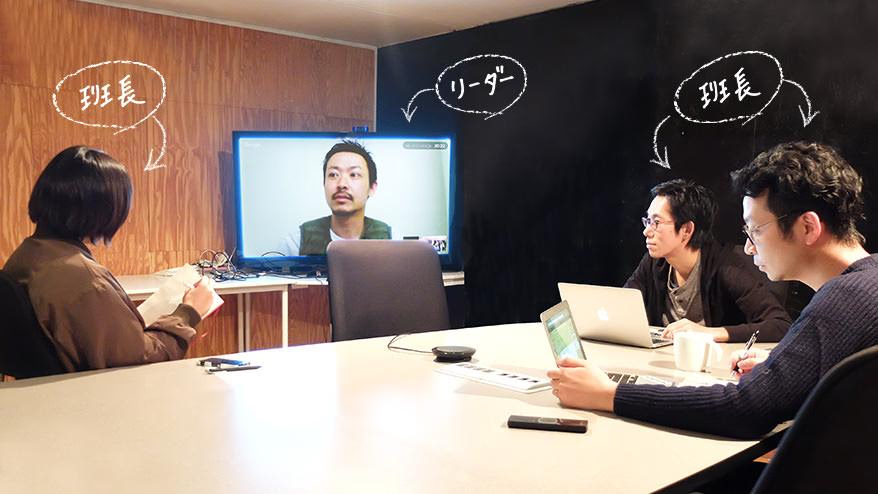Hello, this is Kawarazaki from the operations team.
This may be a bit sudden, but what is the organizational structure of your company?
I think there are as many organizational structures as there are companies, such as a company with more than 100 employees that is divided into departments and sections, or a production company with 10 people where each person works independently like a group of freelancers.
Monosus is divided into several departments, and each department has different team composition and work structures.
This time, I would like to introduce the structure in which the operations team I belong to works.
Composition of the operations team
The operations team is a team that belongs to Monosus' "Creative Department."
(The creative department is roughly divided into two teams: the operations team and the direction team.)
The operations team works in a "team system" and currently consists of 10 people, including one leader and three teams of 2 to 4 people each.
When you hear the word "group," you probably think of a group within a school class, and the operations team is exactly the same, with each group having a group leader who manages the members of the group.
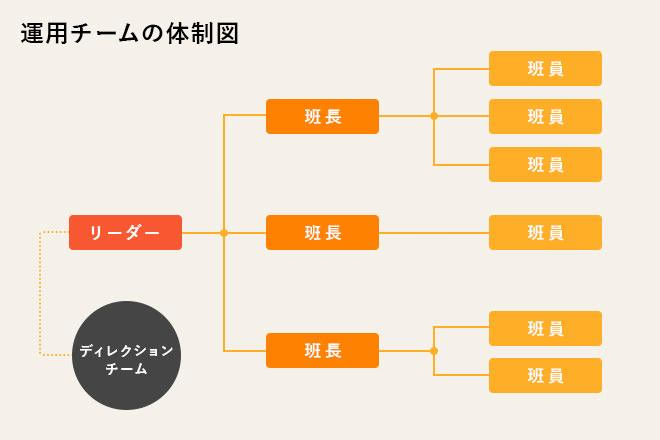
Operation team organizational chart. This is the team we use to carry out our daily operations.
Reasons for adopting a group system
First of all, why does the operations team work in groups?
Below are some of the benefits I personally experience in my daily work.
1. Flexibility that utilizes organizational strength
Due to the nature of our work, which involves managing the daily operation and updates of our clients' websites, many of our contracts involve securing personnel resources for a fixed monthly fee.
Therefore, if one person handles one case, they will not be able to respond to sudden customer requests or when they are not available.
For this reason, we have set up a team system with two or more people assigned to each case, so that even in the event of an emergency, other members can act as the customer's point of contact, allowing us to respond flexibly.
2. It's easy to manage members
Currently, there are 10 members in the operations team, and it is difficult for one leader to keep track of such a large number of people.
Therefore, by adopting a group system, management of members is decentralized to group leaders.
The team leader manages the progress of each member and holds a meeting with the team leader and other leaders every week to check for any schedule discrepancies, confirm the team's budget (monetary management) and resource status, and ask other teams for help with projects or assign projects depending on the situation.
3. Staying motivated
Personally, I think that a big difference between working as a freelancer and working within a company is that there is someone nearby who you can rely on both technically and emotionally.
Having team members that you can easily talk to helps you perform to the best of your ability, and I think having the mental support of my team members is a big part of why I'm able to work comfortably.
4. Developing people who can take on leadership roles
Technical skills such as design and coding can be developed through individual effort, but I feel that the ability to manage an organization, such as a department head or leader, is more difficult to develop than technical ability because it is heavily influenced by the environment and personality.
We believe that the experience of being a "team leader" will provide an opportunity to acquire management skills through daily practice and also serve as a chance to aim for leadership or other management positions.
I have been a team leader for about two and a half years, and from my perspective, I feel that a major advantage of having a team structure is that it is easy to support the growth of each member, manage their motivation, and keep track of project status, all because it is a small group of three or four people.
Introducing the Operations Team
Each team has their own areas of expertise and characteristics, and we assign projects to them based on that. For example, we assign design projects to teams that are good at design, so that each team member can maximize their capabilities.
Here we will introduce each group and its members.
○ Kawarazaki Group
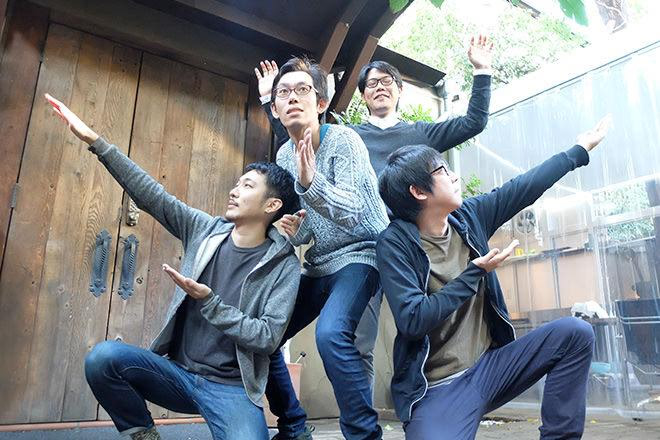
Members of the Kawarazaki team. From left: Kagawa, Kawarazaki, Shimizu, and Hamabata.
They mainly work on design, but also handle a wide range of tasks such as direction and coding. (Kawaharazaki, Kagawa, and Hamabata are mainly in charge of design, while Shimizu is mainly in charge of coding.)
We hold team meetings twice a week to ensure that each member's progress and project workload are evenly distributed.
In addition, once a month, we hold a review meeting for the sites and pages that each member has created, where they share things they pay attention to when creating them and points of regret, and use this information to help them in future productions.
Many of them like alcohol and sometimes end up drinking binge-drinking at a nearby bar that sells all-you-can-drink for 1,000 yen (super cheap).
○Matsunaga Group
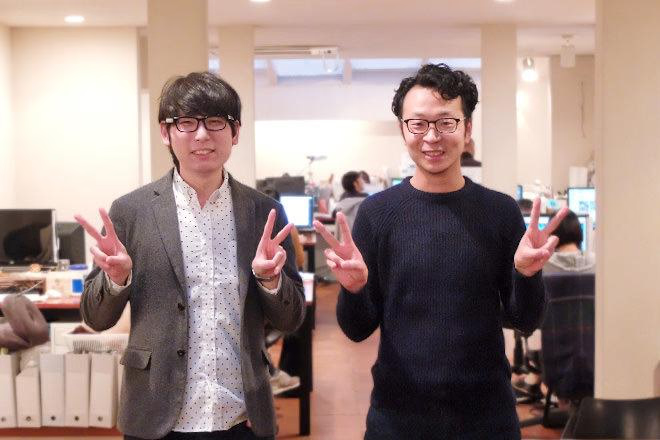
Members of Matsunaga's team. From left: Gota and Matsunaga.
His main duties are coding and direction.
The current group consists of just two people: Gota and Matsunaga.
Matsunaga also plays a major role as a technical advisor to other teams.
Both of them are type AB, have the same name, and are both 178cm tall.
○Dojo Team
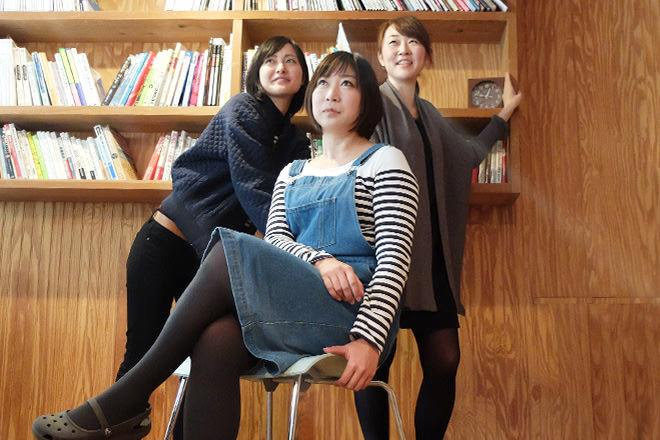
Members of the dojo team. From left: Kakurai, Dojo, and Yamanaka.
His main duties are direction and planning, centered around the dojo.
All members have experience working in customer service or sales, and their handling of customer calls and other occasions is an example for other teams.
Also, since his main job is direction, he is very gentle when asking members of other teams to help with design or coding.
Each member has a strong sense of responsibility, and before we knew it, our group was all female and all type B.
After work, I go to a spicy ramen restaurant (Nakamoto's Mongolian Tanmen) or go bouldering, and sweat every day (more than I do at work).
This concludes our introduction to the operations team!
It's only been three years since we started, so there are still many areas we need to improve.
I would like to continue to create a positive environment that values teamwork.
